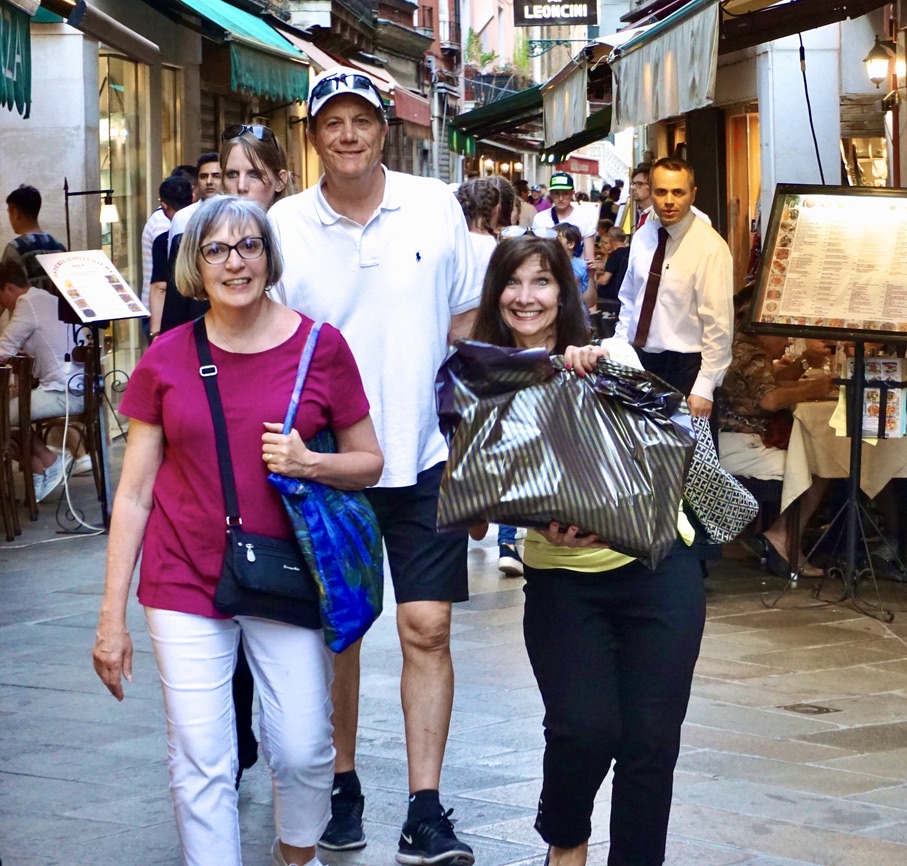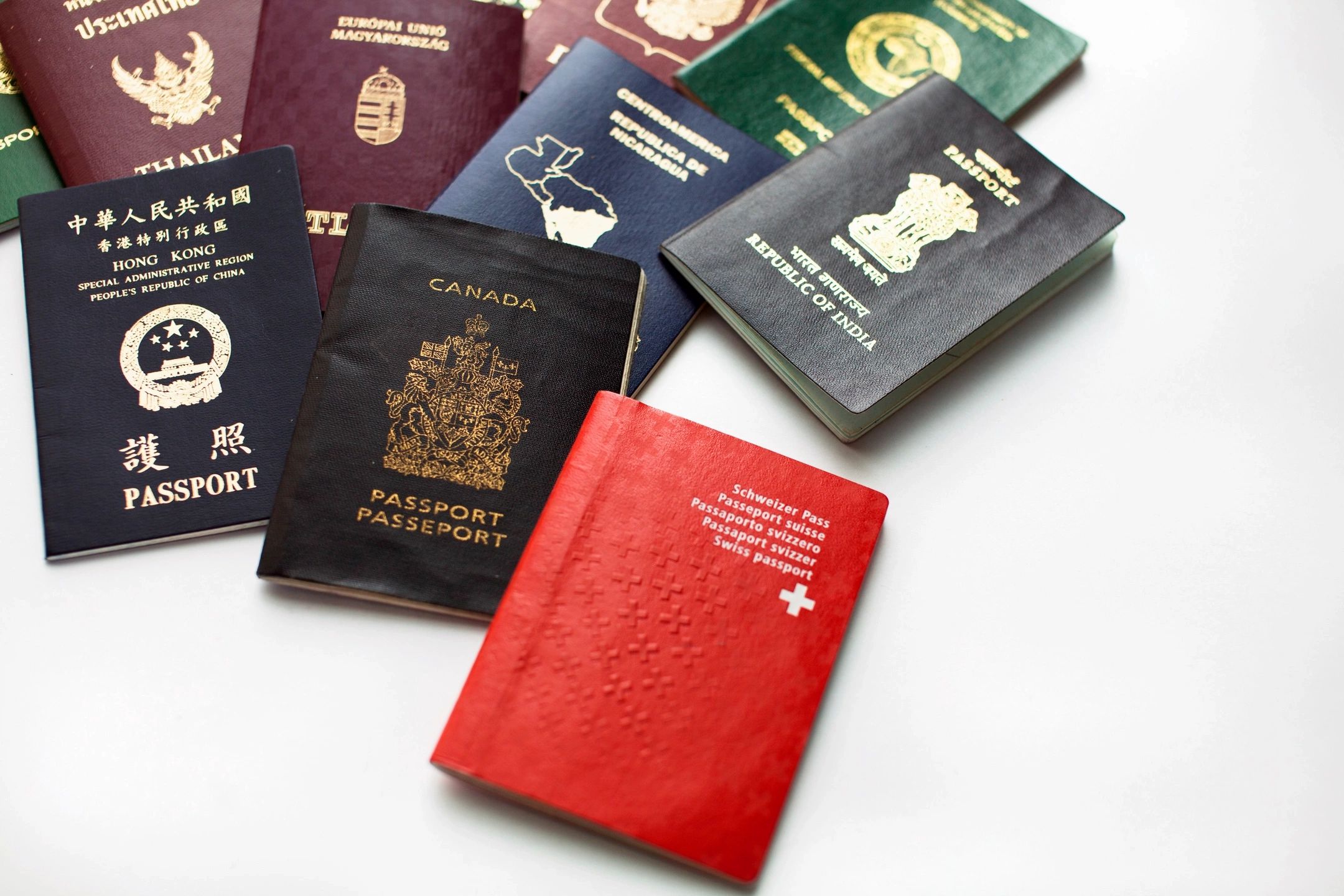Going to Italy? This is What You Will Need.

International Travel Checklist
PHYSICAL PREPARATION & SECURITY
(As you continue to dive into the information throughout this travel blog on Italy you will find LINKS, as in the examples above on this home page. These particular links will allow you to navigate to other posts on that subject within Italy Just For You. On other pages where we are discussing a certain location, say, Florence, you will run across LINKS that will introduce you to the cities’ hotels, tours of museums or food tours, etc. When you click on these links it will take you to a tour / hotel that you can schedule if it meets your needs. We include these LINKS so you do not have to do further research and can get the info and schedule directly from our post. Be informed that in providing you with this feature, if you do purchase a ‘tour’, for example, from the LINK, we receive a small monetary benefit. In no way does this affect the price you pay.)
As a Senior, months before I leave on a trip, I think about my physical condition. For me, my physical condition is the #1 priority in preparing for a trip to Italy.
Knowing more pictures are going to be taken than ever and I want to make a scrapbook afterward, I usually try to lose a few pounds. You may want to consider this also.
I also increase my walking time, knowing I need to be able to climb steps and walk 3-4 miles a day when in Italy. Honestly, I was walking 1-2 miles a day before our last trip to Europe and did fine, even on five-mile days. But I know that this is just one of the many to-dos on my travel checklist.
To assist with conditioning we purchased a Treadmill!
2. Security Considerations:

RFID Blockers. (RFID is a radio frequency ID that allows others to use the information instilled on your credit cards, etc.) You will need protection for your credit cards, especially those with chips, and for your passports. You will not get far into your travels if you have not prepared for your trip to Italy with security concerns.
There are two ways to go on this: Buy the sleeves or holders to put your passport and credit cards in.
1. Buy the sleeves or holders to encase your passport and credit cards.
2. Or buy RFID-protected wallets and purses. We travel with both.
Ron has an RFID wallet, but we also have sleeves for our credit cards and passports that we can remove from our wallets and put in a neck pouch or money belt for Europe. I love the colorful ones that I use at home also.
LUGGAGE Locks

Next on our international travel checklist is Luggage and Luggage Security. If you have older versions of luggage, chances are they do not have locks, and you may want to consider upgrading.
Locks are a great way to feel secure when you leave your luggage with the hotel, or just while traveling. The ones we use are inexpensive and are a
one-time purchase. Click here for Luggage Locks
SECURITY GEAR.
Neck pouches by Baggallini.

I prefer neck pouches to money belts and wear one when I am in high-risk areas. To use, I can either go up through my shirt or down through my neck. I carry my passport and money there, and also one credit card. Having the cord visible has never been a problem.
Money belts for Men
Some prefer a money belt wearing it inside the front of a pair of pants. Again, even passports fit here, money, and a credit card.

Crossbody purse: See above.
Preparation for your trip to Italy will be greatly enhanced with appropriate attention to securing your valuables. Get a crossbody purse you can keep your hand on in high-risk areas, such as the Trevi Fountain in Rome.
Consider the width of the strap and the access to credit cards (Are your cards easily accessible to others, or just for you?). If you prefer a backpack, make sure your money and cards are not easily accessible, and switch it to the front when surrounded by lots of people.
As mentioned above, my favorites are from Baggalini and are easily wearable for hours at a time, even when eating, leaving hands free.
Other Documents
International Driver’s License
Are you going to be driving in a foreign country? Then you need an International Driver’s License. They are easy to get at your local chapter of the AAA (American Automobile Association). The cost is minimal for the hassles they could save you with the police. Also, for convenience, get a Driver’s License Holder.
REAL ID.
Starting May 7, 2025, individuals aged 18 and older will need a REAL ID or another accepted form of identification to board domestic flights and access specific federal facilities. If not, you can use your Passport.
Passports.

Be sure your passport is up to date (it will not expire for 6 months). Take a copy of your passport with you to carry on your person when out and about.
Store the real one in a secure spot, like the hotel safe, or somewhere pickpockets cannot get to it. If you buy anything of value, you will need your passport copy to get the VAT tax refund (a tax for European residents only) paperwork.
Cash
Prior to your departure you want to exchange US dollars for Euros that are used throughout Europe. Go to your bank some 2-3 weeks before your trip and order Euros. There is a minimal charge for this transaction. We usually get 500 e. When you land you will need Euros.
Debit Card.
We have a separate debit card for travel that does not directly link to our main account. We are able to transfer money into it whenever we like electronically, but if stolen, it does not allow hackers to access our main account.
This was recommended to me by a professor who travels abroad with students frequently.
Credit Card.
We suggest bringing one or two max. If you lose one (which happened to our friends in Florence), you are not out of business. Just be sure that if you do lose one, the other one stays activated.
Sometimes security services block all when one is lost (This happened to our friends too and they had to call the company right away.)
** Be sure to call your credit card companies before you leave to alert them that you will be in Europe, tell them which countries you will be traveling to or they may block access.
Phone.
Prepare for your trip to Italy by consulting your phone company to see what their international plan is. For example, we opted for our carrier’s $10/day charge. For each 24-hour period that we used our phones, it was $10 for unlimited texts and calls.
So if you are gone 10 days and use the phone for two of them, you are charged $20. They also have other options as well. Do not answer any calls or respond to texts you do not want to be charged for.
Turn off Data Roaming when you get on the plane to Europe! If you forget and search for that restaurant you can’t find, it can cost you up to $200 for just a few minutes. That’s what it cost us when we were in a pinch to find a hotel and the GPS on the car was not cooperating.
Loyalty Programs
Sign up for a hotel and an airline loyalty program. You are spending a lot of money and traveling a lot of miles. Consider from now on accumulating miles on one airline and accumulating stays with one hotel chain.
For us, it’s United Mileage Plus and Hilton Honors because when Ron worked and traveled, he stayed loyal to those companies. He now has over a million miles accumulated with United which gives us Economy Plus seats, at the least, and 70 lbs. weight on luggage. We are still using the Hilton points for free hotel stays.
After the many trips to Italy, we have no more points! 🙁
How to Prepare for a Trip to Italy: Book Ahead Of Time!
Book ahead of time for the following if you are using: (More info. on this on the individual destinations)
Airlines (of course!)—
Hotels (a must!) –
Rental Cars (a must!) –
Trains, even Restaurants. –
Tours – (Viator) –
Tours – (GetYourGuide)
We suggest using American companies if you are coming from the USA. That way if you have a problem, you can contact them easily from home.
Rental Cars.
When you are traveling it is VERY important to rent cars from reputable companies.
Be specific about what kind of car (manual or automatic) and size you need. (Traveling with two couples and all the luggage warranted a larger car, and we were the only ones at the pick-up place in Civitavecchia, Italy, who had the larger car waiting).
When you pick up your car be sure to take photos with your phone on both sides and the front and back. Also, and more importantly, when you return the car. You never know when needed, so be prepared, especially if someone or the company says there were dents/scratches when you returned or later on. Need proof.

GPS is a must. The GPS on your rental car should be fine, but you may want to purchase an International SIM Card for your phone.
Check on your US car insurance policy before you leave, because it may not cover you in Europe and you may need to pay more for insurance.
Tours!
When you have time to plan before your trip, compare tour companies and offers. Don’t spend your time on the trip doing this. See Destinations for more suggestions.
Tickets!
Want to see David in Florence? Visit La Sagrada Familia in Barcelona? St. Mark’s in Venice? Book online! Have the paper tickets in your travel bag. This will save you hours and hours and dollars and dollars.
How to Prepare for a Trip to Italy: Other Travel Basics
Shots and medication.
Check with your doctor before you leave and make sure your immunizations are up to date. Do you need Hepatitis shots? A COVID Test? Are you immune to measles? etc. etc.
Be sure you have all medications in your possession when traveling. (Do not pack them in your checked luggage.). I use a numbered slim medication folder from Lewis n Clark that doesn’t take up as much room as bringing bottles.

If you like US brands like Tylenol or Advil, get them ahead. You may not find them in Europe, even at the airports. I tried the Italian Tylenol equivalent and my stomach didn’t appreciate it.
Some insurance plans (like Kaiser) have a Travel Clinic that will advise you on what to eat and not to eat for the areas you are visiting and advisories you may not be aware of.
Electrical concerns.

Prepare for your trip to Italy by making sure you electrical issues are taken care of before you leave.
The EU uses a different voltage (220) than the US (110) and requires an adapter for your US appliances. A lot of today’s appliances are dual voltage, so check to see if yours are.
We bring individual voltage converters and also a multi-plug converter –
Universal International Power Adapter – that allows us to plug in all our cells and iPads in one plug. This allows us to use this at home and abroad, by changing the type of plug needed.

Warning: Even with this, you may find that your hair curler or hot rollers burn out. This has happened to me once and to my friend once. Bring a spare set of rollers or some other way to style your hair. Just in case, I don’t leave any computer or hair device plugged in for longer than needed.
When you are prepared, you will enjoy every minute!

__________________________________________________
Other Posts that you may be interested in:
10 Unforgettable Things to do in Portofino in 1 day
________________







